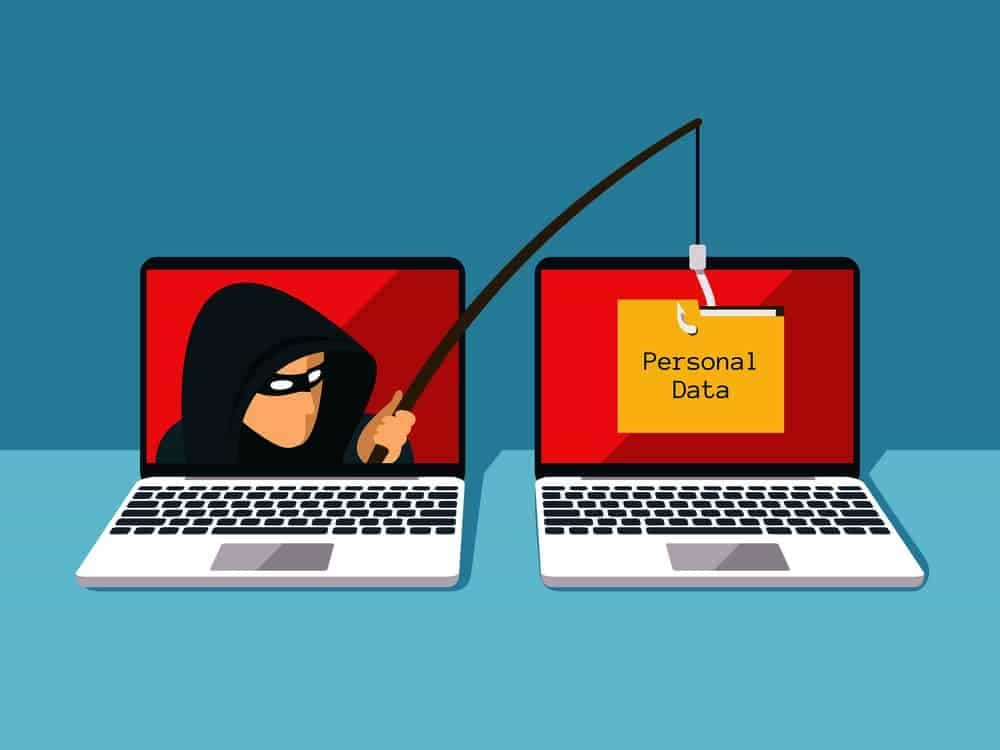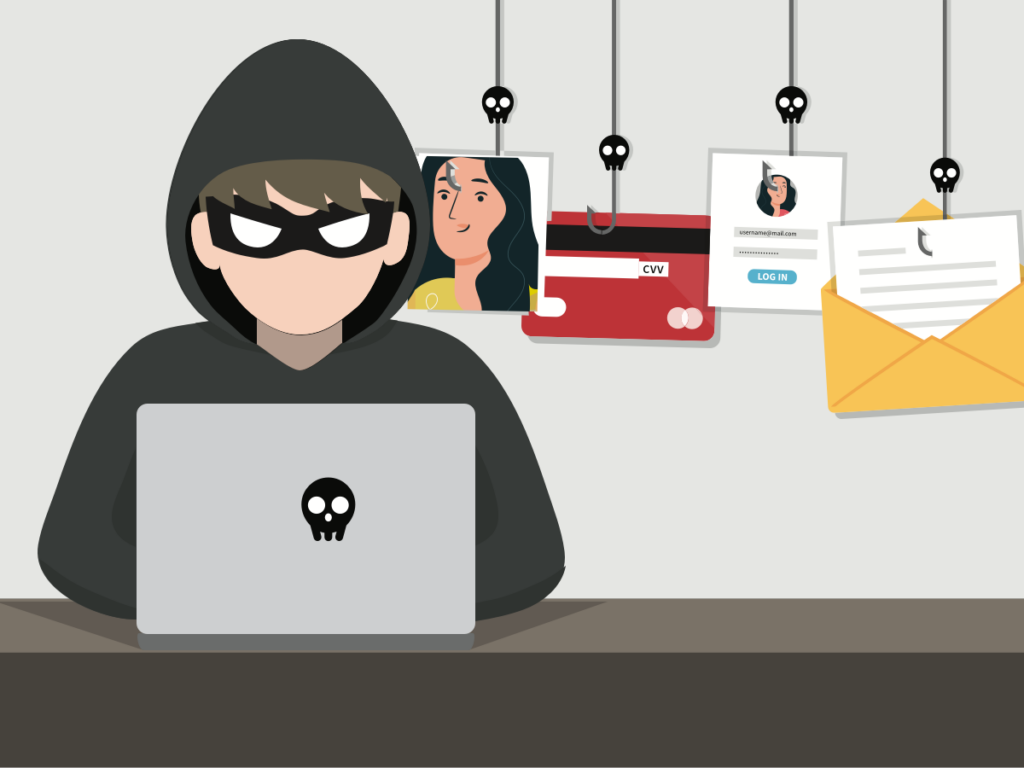There are no items in your cart
Add More
Add More
| Item Details | Price | ||
|---|---|---|---|
"Cyber Security Industry needs 34 Lakh Engineers. Gear up for a rewarding Cyber Security Career." — iCSP Team
In the intricate web of cyber threats, few tactics are as cunning and deceptive as phishing. This insidious technique is a favorite among cybercriminals for one simple reason—it works. In this blog, we'll dive deep into the world of phishing, exploring what it is, how it works, and most importantly, how you can protect yourself from falling prey to its devious traps.
Understanding Phishing
Phishing is a cyberattack strategy that involves sending fraudulent emails, messages, or websites to deceive recipients into revealing sensitive information, such as login credentials, credit card numbers, or personal details. These malicious communications often appear to come from trustworthy sources, making them all the more convincing.

How Phishing Works
Phishing attacks work by exploiting human psychology and trust. Here's a breakdown of the typical phishing process:
1. The Hook: Phishers cast a wide net by sending out thousands or even millions of phishing emails. These emails are designed to appear as if they're from a legitimate source, such as a bank, social media platform, or a well-known company.
2. The Bait: Within these emails, phishers use various lures to entice recipients. This could be a fake invoice, a warning about a compromised account, a special offer, or even a notification about winning a prize. The goal is to create a sense of urgency, curiosity, or fear.
3. The Trap: The email contains a link that directs the recipient to a fraudulent website that closely mimics the legitimate one. The victim is then prompted to enter sensitive information, such as usernames, passwords, or credit card details. In some cases, the phishing attack may also deliver malware.
4. The Escape: Once the phisher obtains the victim's information, they can use it for various nefarious purposes, including identity theft, unauthorized access to accounts, or financial fraud.
Why Phishing is So Effective
Phishing succeeds for several reasons:
1. Deceptive Appearance: Phishing emails and websites are often convincingly designed to resemble legitimate ones, making it difficult for recipients to distinguish them from genuine communications.
2. Emotional Manipulation: Phishers play on emotions like fear, curiosity, and urgency, creating a sense of pressure that encourages quick and impulsive actions.
3. Diverse Tactics: Phishing takes on many forms, including spear phishing (targeted attacks), vishing (voice phishing), and smishing (SMS phishing). This diversity keeps phishers one step ahead.

Protecting Yourself Against Phishing
1. Stay Skeptical: Be cautious of unsolicited emails, especially those requesting sensitive information or immediate action. Always verify the sender's identity.
2. Check URLs: Hover your mouse over links in emails to preview the actual URL. Ensure it matches the legitimate website's domain.
3. Keep Software Updated: Keep your operating system, web browsers, and security software up to date to benefit from the latest security patches.
4. Enable Two-Factor Authentication (2FA): Enable 2FA whenever possible. Even if phishers obtain your login credentials, they won't be able to access your accounts without the second factor.
5. Educate Yourself: Stay informed about phishing tactics and red flags. Regularly educate yourself and your colleagues on phishing prevention.
6. Use Email Filters: Rely on email filtering and spam detection tools to identify and quarantine phishing emails.
7. Verify Legitimacy: When in doubt, contact the supposed sender through official channels (not via the email) to verify the authenticity of the communication.
Phishing is a pervasive and ever-evolving threat that targets individuals, businesses, and organizations of all sizes. By staying vigilant, learning to recognize phishing attempts, and implementing protective measures, you can fortify your defenses against this crafty and treacherous cyber threat. Remember, the most potent defense against phishing is a well-informed and cautious individual.

Sophia Grace
Network Security Engineer
